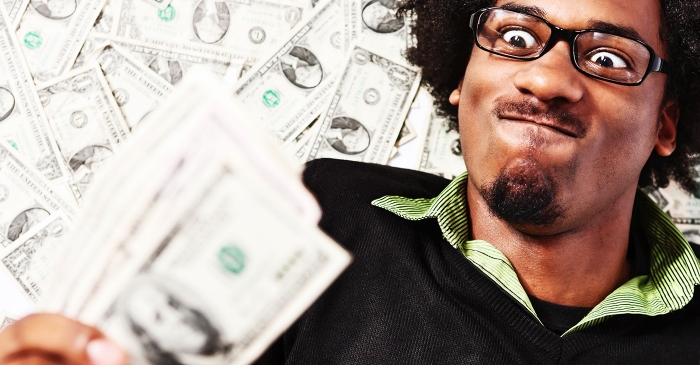
We all have a personal relationship with money, and it will often show in how we spend it. But our feelings about finance can sometimes lead to negative spending habits that can hurt us in the long run. To begin developing healthy spending habits, it can be helpful to start by identifying your emotional and psychological relationship with money.
Get to know your financial psychology
Being aware of your own psychological and emotional approach to money is the first step to developing healthy spending habits.
Psychologists agree that these beliefs can start early. They may also come from other life experiences — whether you need to support a family, for example, or if you’ve had a negative history with unmanageable debt. It’s important to remember that your emotional outlook on money, regardless of where it comes from and what it may be, is not inherently right or wrong. Rather, it may influence you to make unwise decisions in certain financial areas, while setting you up to be great in others.
To understand your feelings toward money better, ask yourself:
• How does being in debt make you feel?
• How does disclosing your financial situation to others make you feel?
• How willing are you to make bigger purchases (such as a car or a house)?
• How willing are you to make smaller purchases (such as clothes or eating out)?
• What purchases do you feel good about making? Which purchases do you not feel good about making?
• How often do you make impulsive purchases?
• How often do you feel compelled to check your bank statement?
• How often do you find yourself thinking about money?
• How does it make you feel to hear about the state of the larger economy?
This is the first step toward building a healthy relationship with money. Then carefully examine your responses.
Identifying your spending habits
Once you have a better sense of your feelings towards money, it can be useful to identify how these feelings have translated into spending behavior. Do this by taking stock of your bank statement from the last two months. If a bank statement isn’t available to you, start keeping tabs on your expenses moving forward with your receipts. Then begin looking for patterns. You might even consider working with a professional such as a financial coach, counselor, or advisor to help you identify your spending habits Ask yourself if your habits — frequently buying clothes, for example, or eating out multiple times in a week — make sense given the responses you gave to the questions above. This is the second step to developing healthy spending habits: moving beyond what you think your spending habits should be to which ones you actually practice. From here, you can begin focusing on ways you can improve your use of money.
Identify the spending habits that you can change
Think of ways you can make your financial habits healthier. This responsibility is twofold: not only should you focus on eliminating unnecessary purchases, but also on spending your money in ways that make you feel positive. For example, have you found that you too much of your paycheck goes towards clothes? That doesn’t mean you have to eliminate all of your shopping but maybe you can consider less expensive options such as your local thrift store. Does the thought of making a sizable purchase — such as a car — cause you stress, even if you know such a purchase will significantly improve your life? Set up automatic transfers from your checking account to a savings account so you can start working towards your goal in a way that doesn’t cause anxiety.
Cultivating awareness about your psychology surrounding money — and the kind of spending habits it promotes — can help you chart a financial path that works for you.
© 2019 Wells Fargo Bank, N.A All rights reserved.
@NNPA_BlackPress @WellsFargo @DrBenChavis #SpendingHabits







